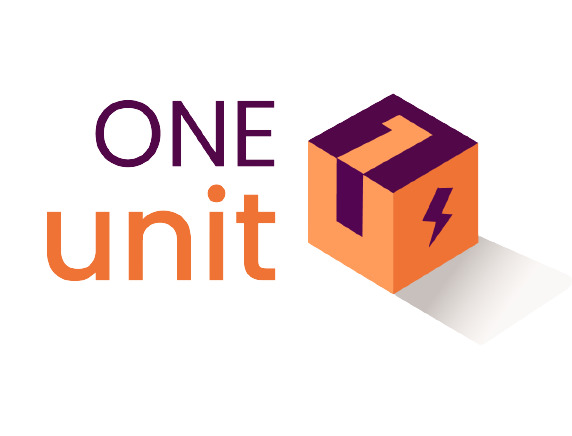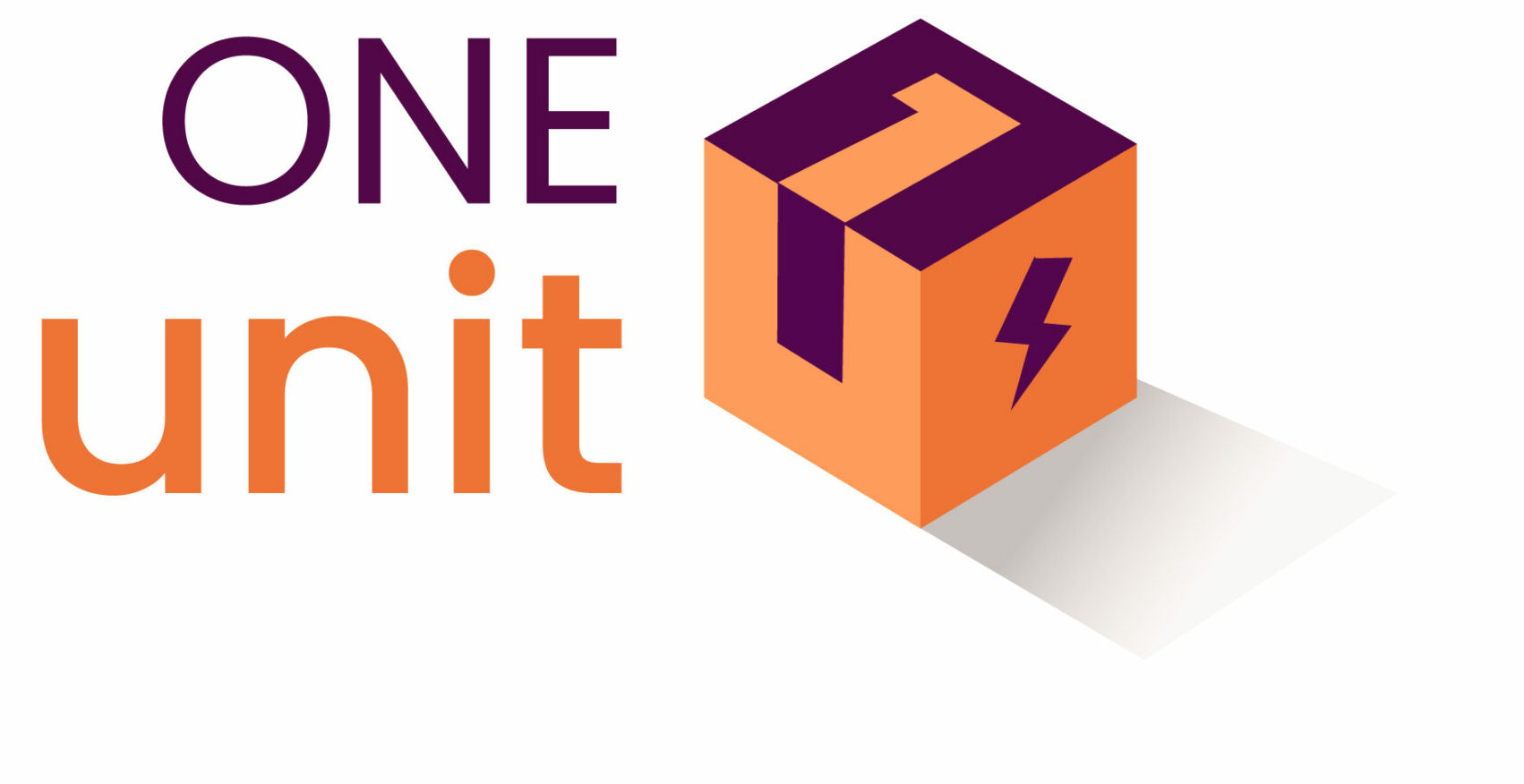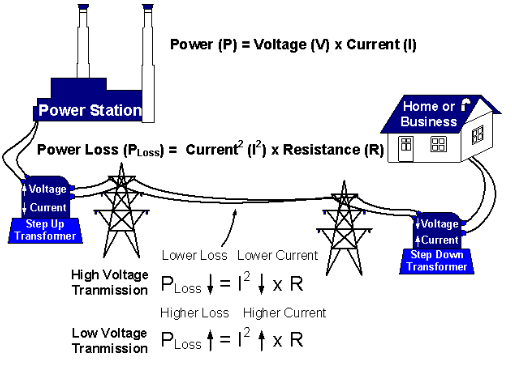PF Impact Part1:- Loss of Units
Loss of units is the difference between the input and output power of a device, apparatus, pump set, or process. With electrical and electronic devices, as well as pumps, apparatuses and processes, this undesirable loss is converted into heat







